Ellie Ivanova Ponti
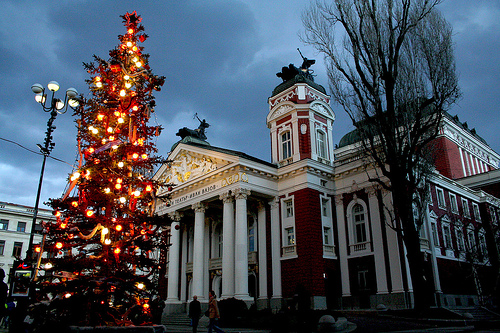
Photo: vassil_tzvetanov
Christmas celebration in Bulgaria is an amalgam of customs and symbols, coming from different traditions and beliefs just as it is in any other country.
On one hand, there are the ancient Roman elements dating from the beginning of Christianity itself. The Bulgarian name for Chistmas, Koleda, comes from the Latin holiday Calendae, the first days of every month which were probably celebrated in the time of the Roman Empire on the Balkans, especially lavishly for the month of January. On the other hand, there are also the traditions coming from the Bulgarian, Slavic and Balkan folklore. Traditionally, Christmas Eve between midnight to dawn is time for caroling, called koleduvane, performed by young men going their rounds in groups, singing ritual songs and wishing the families they are visiting health, prosperity and joy. This is the holiday blessing families receive for Christmas and in return, they give holiday-related food items (ritual bread and wine) to the young men.
In addition to caroling, an essential part of the traditional Bulgarian Christmas is the holiday meal. Since the Advent period leading to Christmas is a Lent period, the holiday meal usually includes only Lenten dishes, such as beans, stuffed cabbage and peppers, pumpkin pie, dried fruits and nuts, as well as a special ritual bread loaf. A bunch of hey is placed under the table to symbolize the manger in which baby Jesus was born.
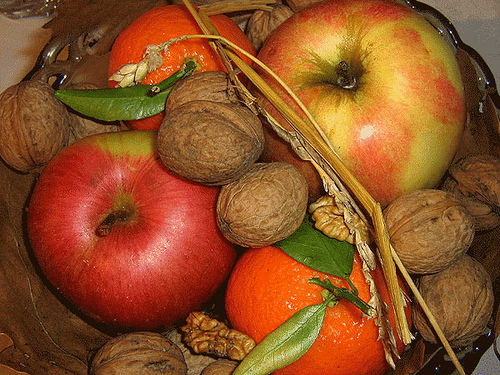
Photo: ywds
The one-time traditional celebration of Christmas in Bulgaria didn’t include gifts. But nowadays kids certainly expect a visit from Diado Koleda (Santa Claus), who would bring something they have previously requested in a letter. Gifts are placed under a decorated Christmas tree. The holiday in general is an occasion for scattered families to visit and celebrate together.
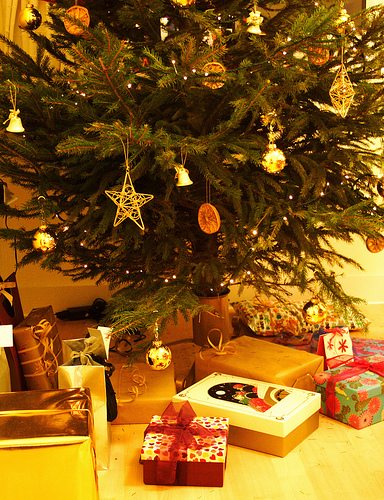
Photo: futureshape
New Year’s Eve, on the other hand, has an additional set of traditions. A cheese-and-eggs pie (banitza) is prepared and just before it is baked in the oven, lucky charms – representing wishes and positive predictions related to the New Year for each family member – are inserted in it. Everyone then discovers the meaning the New Year would hold for him or her through the charm that happens to be in the particular piece of pie luck has determined.
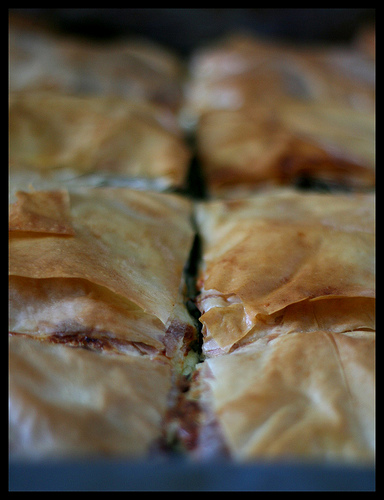
Photo: minchki
Banitsa

Photo: misocrazy
On New Year’s Eve, families expect the visit of survakari, groups of adolescent boys and girls going from house to house wishing people a Happy New Year, singing traditional songs and tapping the back of each family member with decorated cornel twigs. This ritual tapping is a ritual wish for each person to be as resilient and healthy as the cornel bush, known as a symbol of strength. Today, while Christmas is an occasion for a family gathering, New Year’s Eve today is an occasion for getting together with friends.
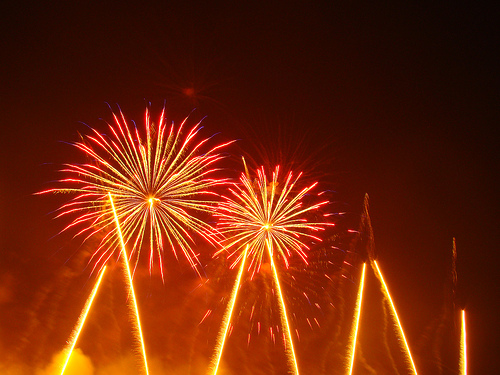
Photo: zay_kureshi
Vesela Koleda (Merry Christmas) and Chestita Nova Godina (Happy New Year) to all readers of Public Republic!











2 comments so far ↓
Nobody has commented yet. Be the first!
Comment